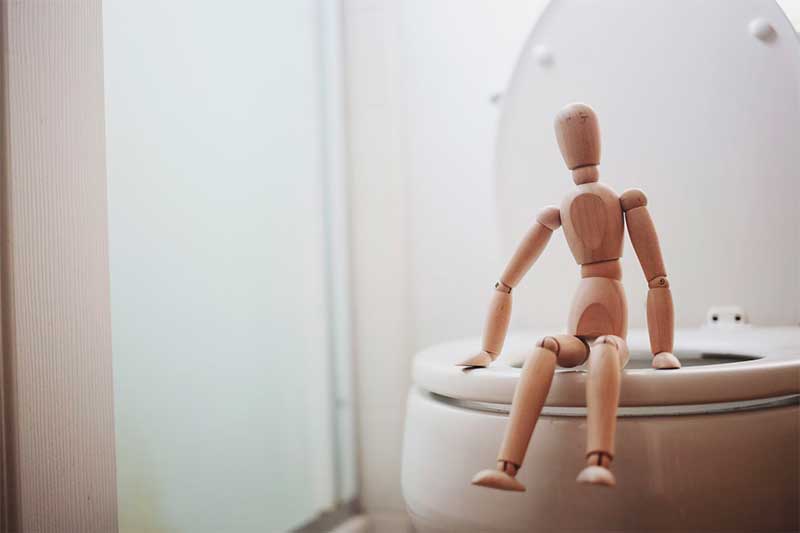
25 Mar What are the signs that my autistic child is ready to be toilet trained?
The first aspect of successful toilet training is always going to be “ready for toilet training”. We know that parents are eager to get their children trained from age 2 years but this is not always possible for the child with an autism spectrum disorder.
A typical or normal developing child will start to show interest in the bathroom or toilet. They will even ask to wear underwear and/or to have their nappies/diapers changed. Normal developing children can also verbalize their need to go to the bathroom and ask questions about the process. Imitation please a big role in the successful toilet training of a child.
For the autistic toddles things can be very different. Whilst many autistic children may show the same signs of readiness for toilet training these signs usually only appear when the child is much older. Toilet training as a rule takes much longer when a child is autistic.
What are the signs that my autistic child is ready to be toilet trained?
- Being able to tell you or show you (verbally, with a PECS picture, pulling you or by the use of a Makaton sign) that they are wet or soiled and that they want their diaper changed
- When the child is able to follow a simple instruction. These instruction will include “go to toilet”, “sit on toilet’, “pull down your pants” etc
- Ability to imitate makes toilet substantially easier.
- Regular bowel movement and a predictable urination schedule is established
- Bladder control is achieved.
- Sense of awareness is established so the child needs to know when they want to go to the toilet (identify the feeling or need in themselves).
- Good sitting tolerance meaning that the child needs to have the ability to sit still on the potty or toilet.
- Good generalization ability which basically refers to the childs ability to know that a toilet at home, a toilet a school and/or a white or blue toilet all serve the same purpose and that they can all be used in the same way.
- No sensory challenges relating to being dressed or undressed as the child will need to be able to comfortable sit without a diaper and pants without feeling stressed or overwhelmed.
Before you start with a toilet training routine make sure you have everybody on board. Consistency is the key to success. The school, pre-school, day-care, nanny or facilitator all need to follow the same toilet training routines to ensure that the transition from nappy / diaper to fully trained goes well and is achieved in the shortest possible time frame.

